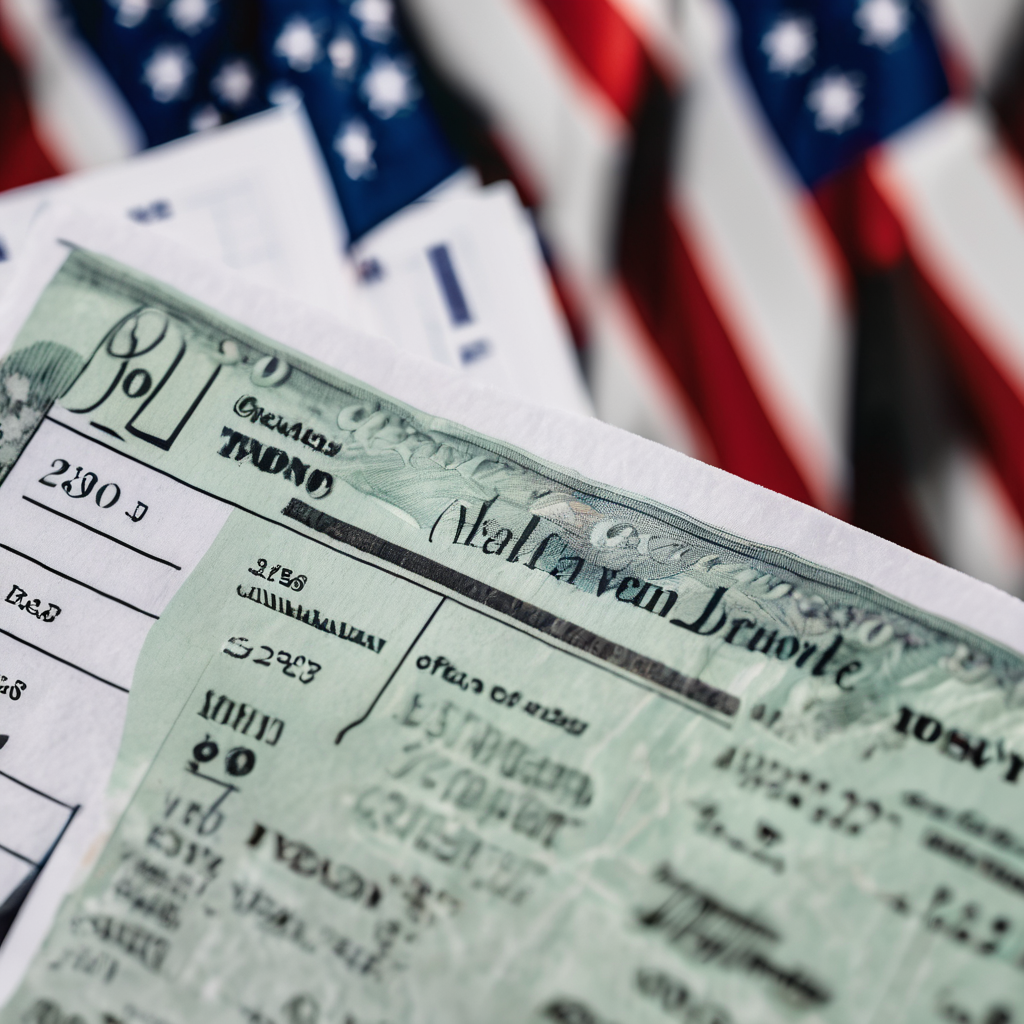President Donald Trump continues to push for the idea of sending direct payments to Americans and is exploring various methods to achieve this goal. Among his proposals are a potential $2,000 “dividend” check sourced from tariff revenue, a “DOGE savings” payment linked to Elon Musk’s budget cut initiative, and a health care plan that would redirect funds from the Affordable Care Act to individual Americans. Despite these ambitious notions, the White House has not yet released any formal plans regarding these payments.
Press Secretary Karoline Leavitt stated that the administration is “currently exploring all legal options” to implement the $2,000 checks, a goal that positions Trump and his Republican allies in a precarious political situation. Should these payments not materialize, there is a risk of disappointing voters who have raised their expectations. Doug Heye, a Republican strategist, emphasized that unfulfilled promises can lead to disillusionment among the electorate.
However, if direct payments are issued, they may trigger inflation or signal that the economic fundamentals are weaker than the White House claims. Historically, stimulus payments tend to be more effective during economic downturns marked by low inflation, high unemployment, and weak consumer demand, as noted by Alex Jacquez, a former National Economic Council official. The current labor market shows signs of softening, but consumer spending remains robust, and inflation has cooled sufficiently for the Federal Reserve to lower interest rates.
The timing of Trump’s financial proposals appears to coincide with recent exit polls indicating that cost of living remains a crucial concern for voters. Desmond Lachman, an economist, described the push for checks as an election strategy aimed at addressing affordability concerns faced by ordinary Americans.
Trump is expected to travel extensively to promote his economic agenda leading up to the elections, while behind the scenes, White House staff members are also working on strategies to address affordability issues. Trump has publicly emphasized his intention for the money to go directly to the populace, saying, “So much money is involved, and we’re willing to pay so much money to the people.”
Nonetheless, for Trump’s proposals to advance, Congressional approval will be necessary. In the past, Senator Josh Hawley introduced a bill to disburse tariff revenue to families, though it has not gained traction. Uncertainties also linger due to a pending Supreme Court decision regarding Trump’s tariffs, which could impact the viability of the proposed checks. The financial implications could be substantial, with estimates suggesting the proposals could exceed $600 billion, while the government earns significantly less from tariffs annually.
White House spokesman Kush Desai reaffirmed Trump’s commitment to addressing what he calls an affordability crisis, urging skeptics to reserve judgment until more concrete proposals are presented. While some Republicans continue to criticize the Biden administration for high inflation rates, the prospect of sending checks has not been met with widespread concern regarding possible inflationary effects.
As attention turns to the economy, it is noteworthy that searches related to these payment proposals have surged, indicating a public interest in Trump’s initiatives. However, analysts like Doug Heye caution that the overwhelming news cycle may lead to short-lived public focus on this issue unless it is constantly highlighted by Trump himself. There remains a degree of uncertainty about whether this concept of direct payments will resonate with the electorate as it did during the pandemic, particularly in light of the past stimulus checks and their impact.
